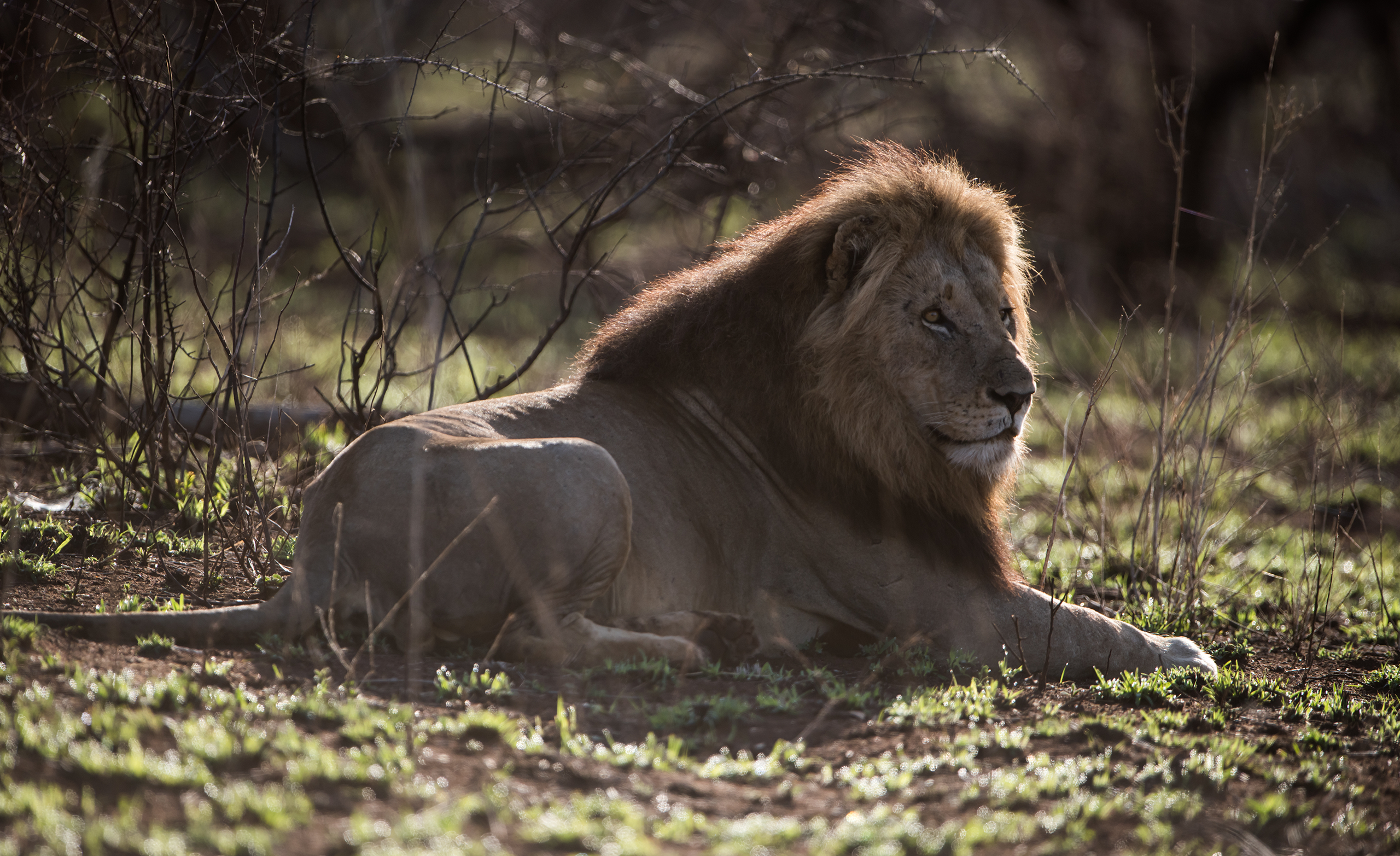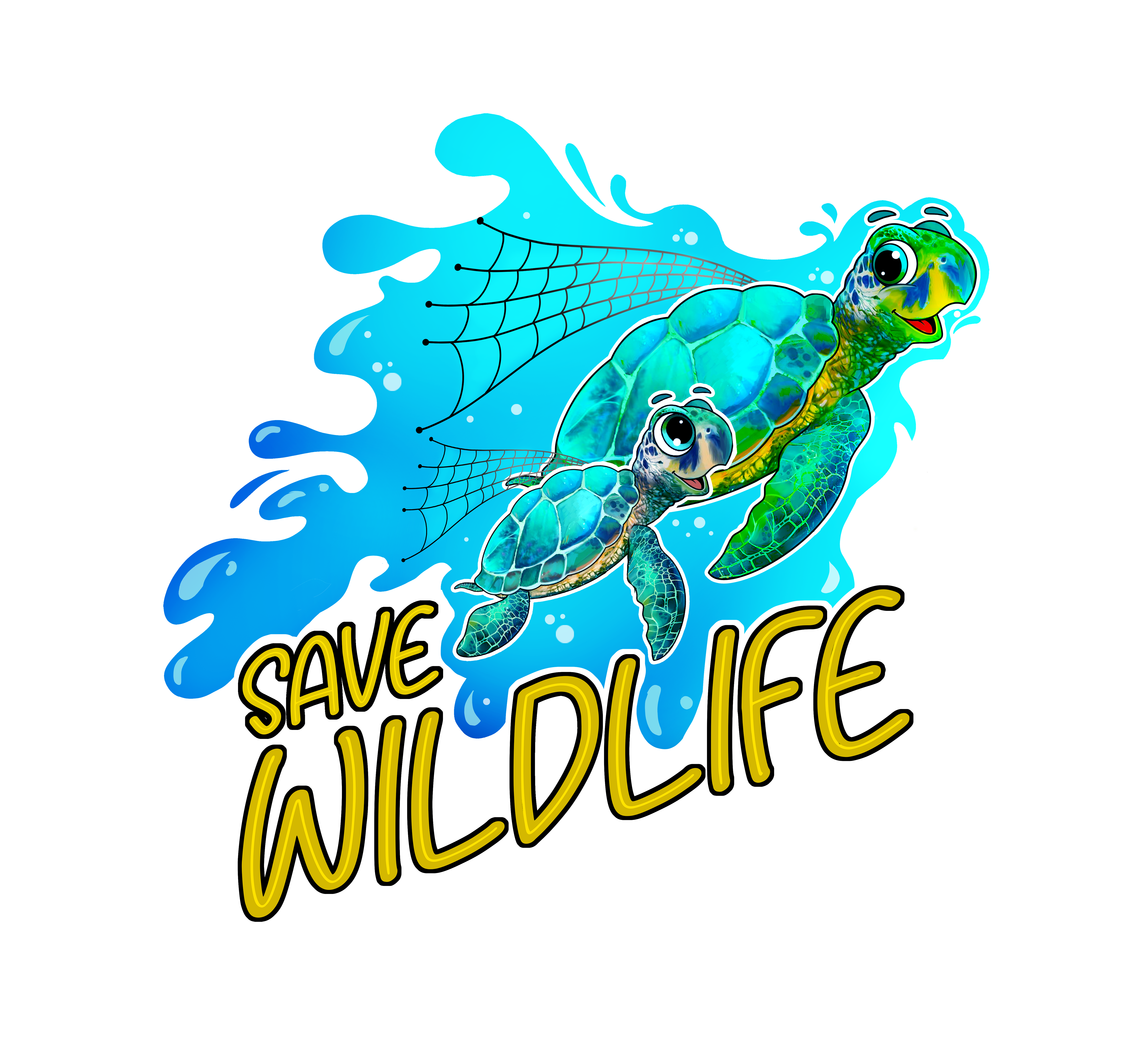
African Lions Endangered: Vanishing Icons of the Savannah
Few animals embody the raw power and majesty of the African continent like the lion. Once roaming across vast stretches of grassland and forest, these iconic big cats have become the face of African wildlife and traditional culture. Yet today, African lions endangered status has rung alarm bells for conservationists, ecologists, and tourism leaders worldwide. With lion population numbers in alarming decline, the reality of losing these vanishing icons of the savannah is a growing threat – not only to lions themselves but to the entire ecosystem they help sustain.
Table of Contents
Why Are African Lions Endangered?
The predicament of African lions endangered status is rooted in several interlinked threats. Over the past century, lion numbers have plummeted by more than 40%, with fewer than 23,000 estimated to remain in the wild. The International Union for Conservation of Nature (IUCN) Red List currently classifies African lions as ‘Vulnerable,’ but ongoing pressures risk pushing them toward the brink of extinction.
1. Lion Habitat Loss
One leading cause for African lions endangered plight is massive habitat loss. As Africa’s human population grows and expands into new territories, savanna ecosystems—the natural home of lions—are fragmented by agriculture, roads, and urbanization. This fragmentation restricts access to prey, water, and traditional territories, severely reducing lion survival rates.
2. Human-Wildlife Conflict
For rural communities living alongside lion populations, the risk of livestock predation brings them into direct conflict with these apex predators. In retaliation for lost cattle or goats, farmers often resort to killing lions, contributing significantly to why African lions are endangered. Conflict mitigation strategies, including the use of fortified bomas (livestock enclosures) and community-led conservation programs, have proven effective where implemented, but vast regions still lack resources or incentives to protect lions.
3. Poaching and Illegal Trade
While not as heavily poached for parts as rhinos or elephants, African lions endangered situation is worsened by increasing demand for bones, teeth, and claws used in traditional medicines or trinkets. This illicit trade, coupled with accidental snaring in traps set for other animals, has put additional strain on declining lion populations across the continent.
4. Diseases and Genetic Isolation
Emerging diseases, sometimes spread from domestic dogs, have periodically swept through lion prides, causing dramatic local declines. Meanwhile, isolated populations trapped in small, disconnected reserves suffer from inbreeding, reducing genetic diversity and resilience.
Why Are Lions Crucial for African Ecosystems?
The African savanna ecosystem is delicately balanced, with lions as apex predators playing a pivotal role in maintaining healthy herbivore populations. By controlling the numbers of zebra, antelope, and buffalo, lions indirectly shape the landscape and plant diversity upon which all savanna wildlife depends. The loss of these big cats would trigger a trophic cascade, destabilizing entire ecosystems and endangering countless other species.
Conservation Efforts: Halting the Slide Toward Extinction
Recognizing African lions endangered status, multiple global and local organizations have championed efforts to halt and reverse their decline:
- Protected Areas: National parks and wildlife reserves are critical sanctuaries, but even within these, illegal hunting and disease outbreaks occur. Fencing, antipoaching units, and habitat restoration are vital tools.
- Community Involvement: Engaging communities with benefits from tourism and conservation creates local stewards for lion populations.
- Ecotourism: Responsible wildlife tourism generates crucial revenue, funding conservation and creating jobs that incentivize lion protection.
- Genetic Corridors: Establishing wildlife corridors between reserves helps prevent genetic isolation and fosters healthy gene flow.
- Translocation and Reintroduction: Moving lions between safe habitats helps bolster fragile populations and reestablish them in historic ranges.
Global Attention and Celebrity Advocacy
African lions endangered plight has attracted widespread attention, with high-profile advocates and international campaigns raising awareness. Documentaries, social media, and initiatives like World Lion Day amplify the urgency and the hope that this species can yet be saved.
What Can You Do to Help?
The fate of African lions endangered is not only the responsibility of African governments or conservationists. Anyone anywhere can play a role, including:
- Supporting reputable wildlife charities and organizations working to conserve African lions and their habitats.
- Choosing ethical safaris and tourism operators that prioritize conservation.
- Spreading awareness through education and social media.
- Lobbying for stronger international enforcement of bans on illegal wildlife trade.
Conclusion
African lions endangered status is not just a conservation headline – it is a call to action for people everywhere who value wild places and the animals that inspire our imaginations. Saving these vanishing icons of the savannah will require global cooperation, innovative solutions, and a renewed commitment to coexistence. Only then can we hope to see future generations hear the roar of Africa’s lions across sunlit plains and starlit nights, securing not just a symbol of strength but the very heartbeat of the savanna.
